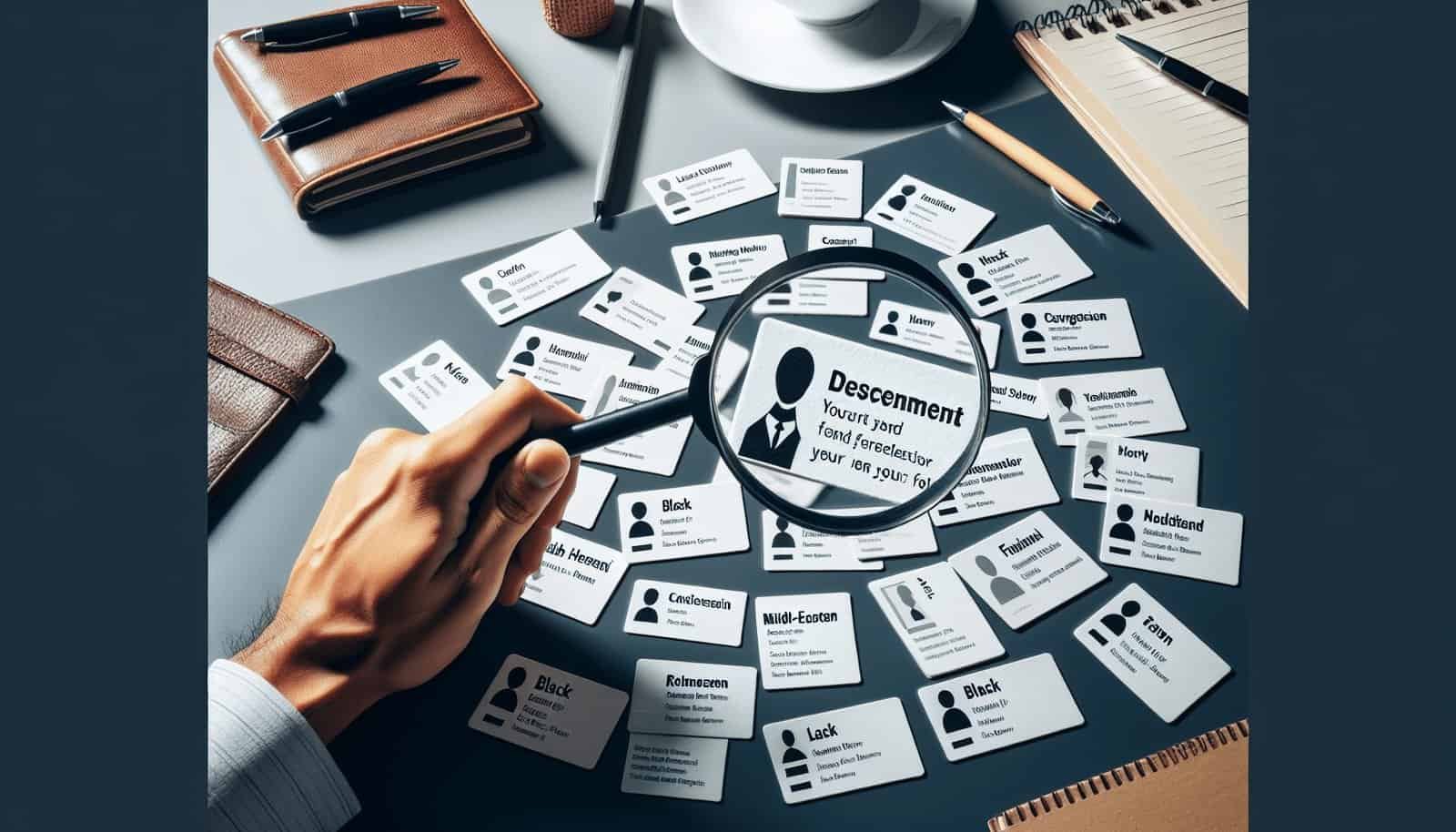Have you ever found yourself overwhelmed by the number of potential clients knocking on your door, but unsure how to choose the right ones that align with your values and work style? As a freelancer, the freedom to pick and choose whom you want to work with is one of the most liberating aspects of the role. However, it can also be quite daunting to sift through a myriad of opportunities and decide which clients will be the best match for you and your business.
Choosing clients may seem straightforward, but it involves some thoughtful consideration and planning. Just as much as they vet your skills and experience, you need to evaluate whether collaborating with them makes sense for your career objectives, mental health, and lifestyle.

Understanding Your Freelance Goals and Values
Before you even start considering potential clients, it’s important to take a step back and reflect on your own freelance goals and core values. Understanding these will serve as a compass in selecting the right clients.
Define Your Freelance Goals
What are you hoping to achieve with your freelancing career? Are you trying to build a portfolio that you can show off with pride? Or perhaps your main goal is to secure a steady income in a niche you’re passionate about? Your goals can help shape the kind of clients you should aim to work with.
For example, if your goal is to network within a specific industry, you might prioritize clients who are known for their significant influence in that sector. Take time to jot down specific targets related to income, project types, and professional connections you want to foster.
Identify Your Personal and Professional Values
Similar to your goals, your core values will also guide your decisions on which clients to collaborate with. Values such as integrity, creativity, innovation, or work-life balance can heavily influence which projects and clients suit you best.
Reflect on previous collaborations, and note what made some partnerships particularly rewarding or challenging. Was transparency a key factor? Or did you value creative freedom? Understanding these personal preferences will make spotting the right clients much easier.
Evaluating Potential Clients
Once you have a strong grasp of your freelance goals and values, you can begin evaluating potential clients. This evaluation isn’t just about the client’s ability to pay or their prestige in the industry; it’s about a symbiosis between your expectations and theirs.
Research and Reputation
Do thorough research on potential clients by checking their online presence, reading reviews from other freelancers, and understanding their market position. You can learn a lot from how clients interact on social media and the kind of work they’ve showcased online.
Furthermore, platforms like LinkedIn or industry-specific forums may provide insight into how past employees or contractors felt about the company. Understanding a client’s history can help you get a sense of whether they honor agreements, respect deadlines, and maintain a professional working environment.
Financial Stability and Payment Practices
While your decision to work with a client should not solely be about money, financial stability is a crucial factor to consider. Make sure your client has a reputation for making timely payments and offers rates that align with your worth and industry standards.
An excellent way to gauge this is by discussing payment terms upfront. You might want to consider creating a contract that clearly outlines payment schedules, cancellation policies, and additional fees for extra rounds of revisions or emergencies. If possible, inquire about the client’s financial health and look for red flags such as delayed payments or an excessively complex invoicing process.
Here’s a simple table to help weigh this consideration:
| Financial Aspect | Consideration |
|---|---|
| Payment Timeliness | Does the client pay on time? |
| Rate Alignment | Is the rate aligned with your worth? |
| Upfront Payment Terms | Are payment terms clearly defined? |
| Financial Health of Client | Does the client have a stable reputation? |
Assessing Compatibility and Working Style
Beyond financial considerations, assessing whether your working styles align is crucial for a successful collaboration. A precursor experience or perhaps a preliminary small project might help you understand if your styles match.
Ask potential clients about their expectations around communication, deadlines, and any project management tools they use. Would communication be regular and clear? Is their expected response time reasonable? Understanding these aspects will paint a clearer picture of what your working relationship might look like. Additionally, consider whether their organizational culture matches yours; for instance, if you value flexibility, make sure the client also holds similar views.
Project Scope and Potential Impact
Consider whether the client’s project aligns with your interests and expertise. Be wary of projects that fall far out of your skill set, as they might demand more time and resources than expected. On the flip side, projects that closely align with your expertise can be fulfilling and beneficial for building your portfolio.
Furthermore, assess the potential impact and significance of the project. Will your work make a meaningful contribution to your client’s goals? Does the project have a value-driven mission that resonates with you? Projects with substantial impact can often offer personal satisfaction that transcends monetary rewards.

Communication Is Key
Effective communication is often the cornerstone of any successful freelancer-client relationship. From establishing expectations to resolving conflict, clear communication can prevent misunderstandings and foster positive collaborations.
Establish Clear Boundaries
Setting clear boundaries from the onset can avert potential conflicts down the line. Outline your working hours, preferred modes of communication, and how you handle feedback and revisions. Making sure the client understands and respects these boundaries sets the tone for a fair working relationship.
Maintain Regular Updates
Consider setting up regular touchpoints to update the client on project progress. These can be as simple as weekly emails or scheduled video calls. This not only reassures the client about their project but also provides an avenue for you to discuss any challenges or changes in scope early on.

Trust Your Instincts and Establish Red Flags
Sometimes, the decision to work with a client boils down to your gut feeling. Trusting your instincts can be a powerful tool in your freelancer toolkit, especially when something feels amiss.
Recognize Red Flags Early
During your interactions, be vigilant for any red flags that might indicate a problematic client. Some common issues include lack of clarity in project scope, evasiveness about payment terms, and unrealistic or constantly changing demands. These warning signs can help you avoid troublesome clients, ensuring a smoother freelancing experience.
Listening to Gut Feelings
Sometimes, even after all logical considerations seem positive, you might still feel uneasy. It’s important to listen to these feelings. While it might be difficult to pinpoint the exact reason, your subconscious might be picking up on subtle cues that the client is not the right fit.

Networking and Community Engagement
Building a strong network within your freelancing community can be immensely beneficial. Engaging with other freelancers can provide you with valuable insights and recommendations about potential clients.
Join Freelancing Networks
Consider joining freelancing networks or forums where you can connect with peers in your industry. Engaging in these communities can offer you support and advice based on other freelancers’ experiences. They’re also excellent platforms for getting client recommendations or warnings.
Attend Industry Events
Participating in industry events, webinars, or conferences can enhance your visibility and credibility in the field. Not only do these settings provide networking opportunities, but they also keep you abreast of industry trends and client expectations.

Continuous Evaluation and Growth
Choosing clients isn’t a one-time decision; it’s an ongoing process that evolves as you grow in your freelancing journey.
Re-evaluate Your Client List Regularly
Make it a point to review your client list every few months. As your skills and experience strengthen, you may find that some clients no longer align with your goals or values, and it’s perfectly okay to outgrow them.
Seek Feedback and Reflect
After completing projects, seek feedback from clients to gain better insights into your work and areas for improvement. Reflecting on every project helps you gain clarity on the kind of clients and projects that bring out the best in you, informing future decisions.
Hone Your Skills and Services
Stay competitive by continually sharpening your skills or expanding your service offerings. As you upscale your skills, you’ll naturally attract higher quality clientele who value and respect your expertise, allowing for more selective collaborations.
In conclusion, choosing the clients you want to work with is an empowering element of freelancing, allowing you to shape your career and personal satisfaction in profound ways. Remember that your clientele should align with your professional aspirations and personal values, ensuring fulfilling and meaningful engagements. By carefully considering the factors outlined above and trusting your instincts, you can build a successful freelance career filled with rewarding partnerships.
